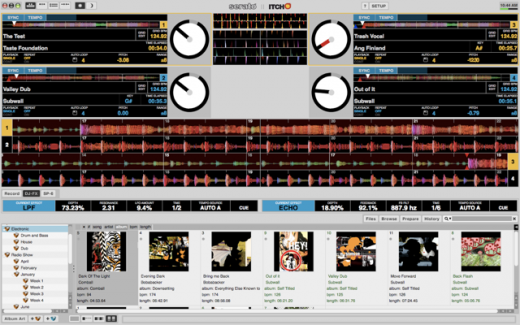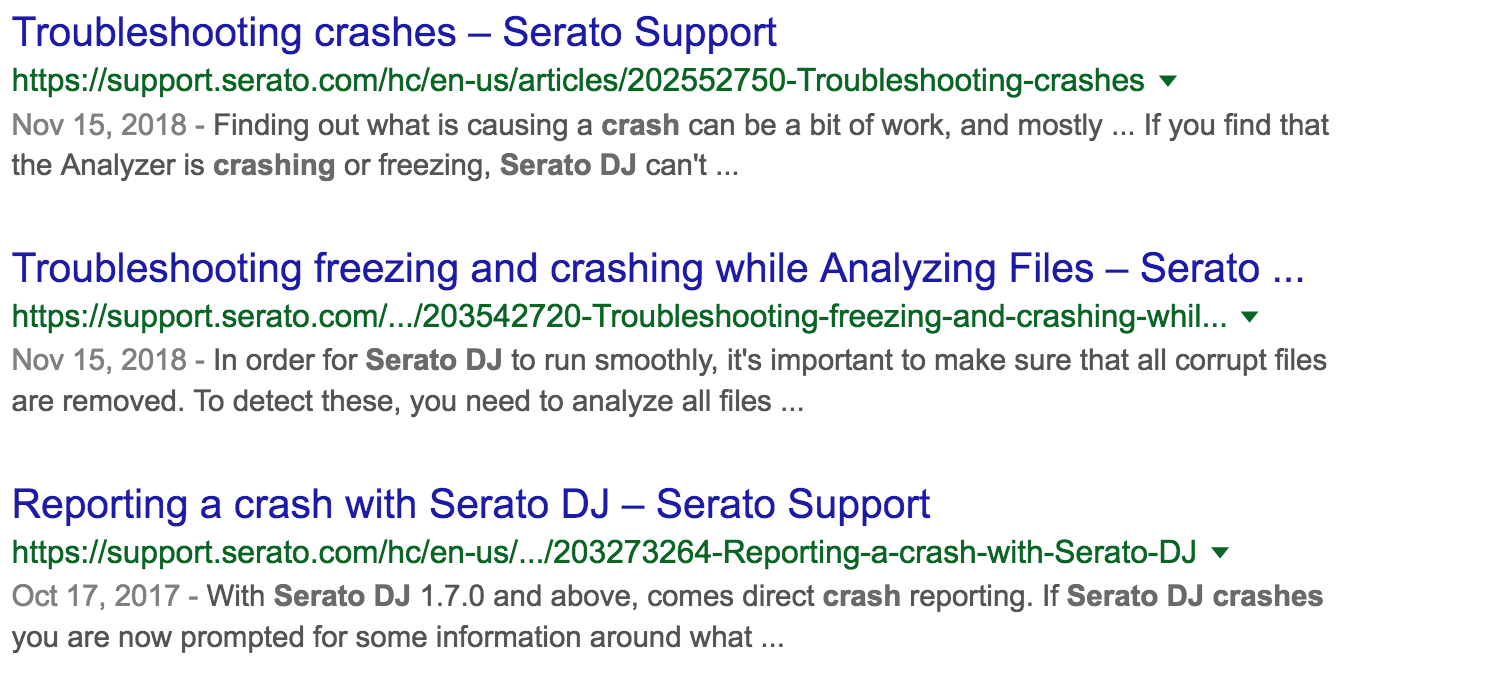Serato DJ is at the backbone of working DJs the world over. While Serato DJ largely transformed the platform and added numerous features to the program, the Serato community remains active in demanding a few common sense updates that may claim are long overdue. After an exhaustive bout of research, DJTT contributor Tenova highlights the four most commonly requested features missing from Serato in 2019.
Serato: Still King in 2019?
There’s no denying that certain DJs tend to favor specific programs. Most major electronic music DJ/producers use Rekordbox and flash drives; mobile DJs have an affinity for Virtual DJ; and while Traktor (sadly) continues to fall out of favor among DJs worldwide, one could say that Serato DJ is still the top dog for standard club DJs – especially in the United States.
With Serato DJ being introduced as a replacement for Scratch Live in 2013, but some continuing to hold out using the old school app, it’s clear that the software has been through a lot of changes over the years.
Despite their constant efforts to widely update the app, many DJs still claim that Serato DJ Pro lacks some fundamental features. After filtering through plenty of responses from the DJ community, here are four items most Serato users would love to see implemented in 2019. Have your own thoughts? Speak up in the comments on this article and upvote other ideas that you agree with.
Feature #1: Play count
Believe it or not…Serato still lacks the ability to show users how many times they have played a particular song. There’s no standard play count feature in any version of Serato DJ.
This feels like an obvious one – almost every program (from iTunes to Traktor) has a play count feature. This has riled up so many DJs that Pittsburgh-based DJ Digital Dave recently launched a “Make Serato Great Again” campaign, petitioning for signatures to urge the company to implement this fundamental feature.
I always try to keep my sets from getting stale, and if I have a club crate, I may try to spend a night here or there not playing some of my most played songs to keep things from sounding repetitive. To that same point, if I see a song that I’m virtually never playing, I may try to work it into a set and see how it does.
On top of that, If you’re having a rough night with a crowd, you can sort by your most played tracks and make sure you aren’t missing dropping any go to’s.
Feature #2: Day/Night Mode
While custom skins may seem unnecessary, many former Serato ITCH users pine for the ability to change between day or night mode in the software. In other words, being able to invert the colors of Serato DJ would be a lifesaver when playing outdoors.

As one DJ points out, when using Serato DJ in direct sunlight, the program can be tough to see, even with screen brightness turned to the max.

Feature #3: Duplicate Track Finder
When organizing a huge library of music, duplicate tracks can present a problem to anybody trying to stay on top of their library. Though there are a million ways to avoid duplicates in one’s library, the Serato community still harps on about this rudimental feature, one that has been available in Traktor for almost a decade.
On that same note, many Serato users report that dopeGuru provides a nice, third-party solution to this issue. Even so, we’d love to see this integrated into the program without needing secondary tools.
Feature #4: Stability

The most significant hit that Serato has sustained recently has been a substantial decrease in its reputation as a stable program.
Understandably, redesigning a piece of software from something as limited as Scratch Live to Serato DJ is going to have some hiccups along the way. Unfortunately for Serato, the DJ community has not taken lightly to these things.
As someone who has dealt with plenty issues with DJ software over the years, one fatal crash can easily cost a DJ a gig or easily ruin a night. Though Serato DJ appears to have gotten substantially more stable in the past two years, many DJs still list this as one of their chief complaints about the program.
That being said, every program has its ups and downs. Be smart with your machine. Most stability issues can be had by being extremely wary of any updates to either program or operating system, repeatedly testing each new piece of gear integrated into one’s setup, having a dedicated DJ laptop, and by doing regular system maintenance.
If users can’t muster these things up themselves then problems are inevitable.
Final Thoughts:
As DJs, we all know that innovation thrives on constructive criticism, creativity, and a desire to do better. Though Serato may be lacking a few key features, with some luck and a little perseverance, Serato will address these issues in the coming years and ultimately create a better program.
The only way is if DJs speak up and get involved with public betas and share feedback – so it’s up to you, Serato users! Sound off in the comments.





